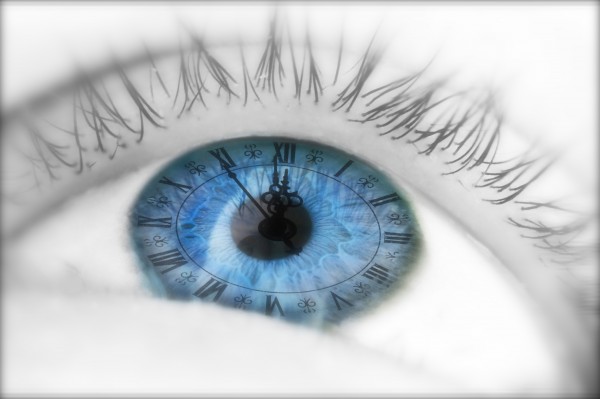Supporting agencies and industrial partners
Context
 Healthy aging gradually alters neurophysiological, perceptual, and cognitive aspects of vision. The natural degradation of visual functions reduces progressively, but steadily, the elderly’s autonomy in the everyday life. Age-related losses in visual acuity, depth perception, problems in distinguishing colors and contrasts are inexorably accompanied by consequences in gait balance, locomotion, spatial orientation, and goal-directed navigation. The global demographic aging makes the consequent increase in the frequency of vision disturbances a genuine public health problem. In today’s world there are 470 million elderly people over 65 years old, a figure that is set to rise to 820 million in 2025, and to close to 2 billion in 2050. In France, the number of people aged more than 60 will increase from 13 million to 22.3 million in 2050, i.e. by more than 80% within 40 years. Far beyond presbyopia, which affects a large fraction of the population after 45 years, on average, and stabilizes at around 65 years, the specific functional and neurobiological factors responsible for sensitivity loss in various visual functions (e.g., contrast sensitivity, motion perception, visual attention, etc.) remain poorly characterized.
Healthy aging gradually alters neurophysiological, perceptual, and cognitive aspects of vision. The natural degradation of visual functions reduces progressively, but steadily, the elderly’s autonomy in the everyday life. Age-related losses in visual acuity, depth perception, problems in distinguishing colors and contrasts are inexorably accompanied by consequences in gait balance, locomotion, spatial orientation, and goal-directed navigation. The global demographic aging makes the consequent increase in the frequency of vision disturbances a genuine public health problem. In today’s world there are 470 million elderly people over 65 years old, a figure that is set to rise to 820 million in 2025, and to close to 2 billion in 2050. In France, the number of people aged more than 60 will increase from 13 million to 22.3 million in 2050, i.e. by more than 80% within 40 years. Far beyond presbyopia, which affects a large fraction of the population after 45 years, on average, and stabilizes at around 65 years, the specific functional and neurobiological factors responsible for sensitivity loss in various visual functions (e.g., contrast sensitivity, motion perception, visual attention, etc.) remain poorly characterized.
Our mission
Our research aims at enhancing our fundamental understanding of specific underlying factors altering perceptive and spatial cognitive aspects of visual aging. We adopt a cross-disciplinary approach combining experimental psychophysics and computational neuroscience to cross-link multilevel patterns of age-related functional consequences (from behavior to the level of neuronal processing). By providing a unified characterization of the impact of healthy aging on vision and action, we aim at fostering the innovative technological transfer of fundamental knowledge towards visual aids and rehabilitation solutions (e.g., selective spectral filters to alleviate photosensitivity and enhance contrast sensitivity). Another exploitation axis leveraged by our research will be the definition of novel standards and normalizations for the design of early diagnostic tools for visual disturbances in the elderly. Also, the results from a deep epidemiological analysis will promote a better understanding of the characteristics and needs of the (visually healthy) aging population. The innovative concepts will be placed at the disposal of eye health professionals for the development of their activity.
Keywords: Healthy aging, vision, perceptual functions, spatial cognition, active exploration, mobility, autonomy loss, motion perception, contrast sensitivity, internal noise, neural processing and coding, visual aids, rehabilitation, psychophysics, aging epidemiology, mathematical modeling, aging human avatar.
Research environment
 Our laboratory benefits from a unique research environment provided by the partnership between the Vision Institute, the Essilor Group, and SNCF Innovation&Research. This synergistic context catalyzes progress in both fundamental research and innovative technology transfer.
Our laboratory benefits from a unique research environment provided by the partnership between the Vision Institute, the Essilor Group, and SNCF Innovation&Research. This synergistic context catalyzes progress in both fundamental research and innovative technology transfer.
Also, the presence of the Clinical Investigation Center (CIC) of the Quinze-Vingts Hospital is of central importance through the entire course of the experimental work (in particular for the ophthalmological evaluation of subjects).
Access to cutting-edge test platforms
Our research activity relies on a number of state-of-the-art technological platforms, including the Streetlab, which allows us to carry out “ecological-like” behavioral experiments with people in situations of sensory deficit in a yet fully monitored controlled environment. We will also develop a series of experimental platforms specific to our research areas, which will contribute to unique know-how in the field of neurosensory aging.